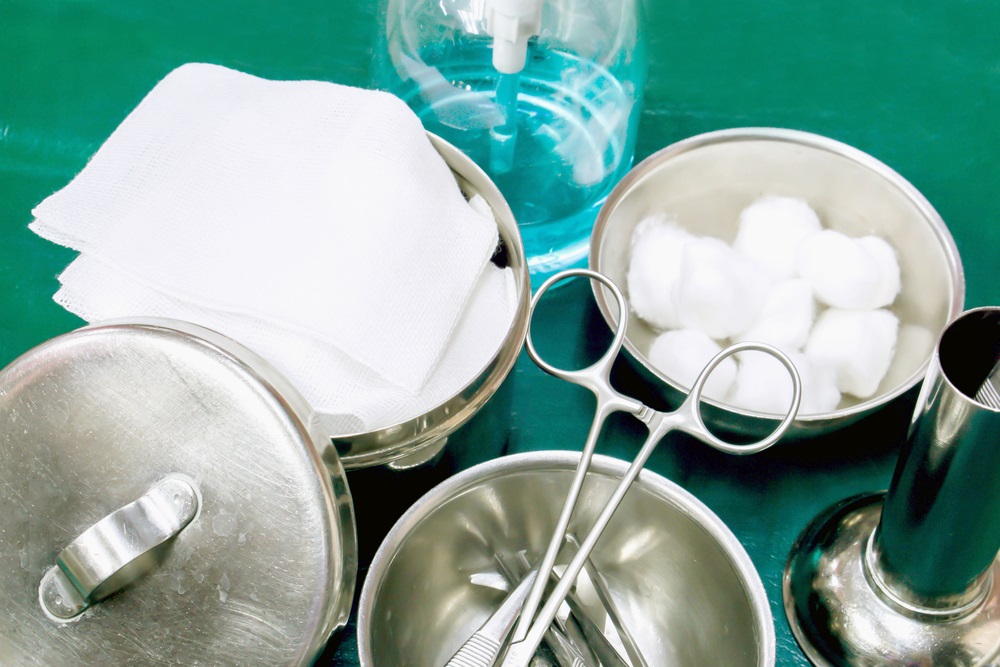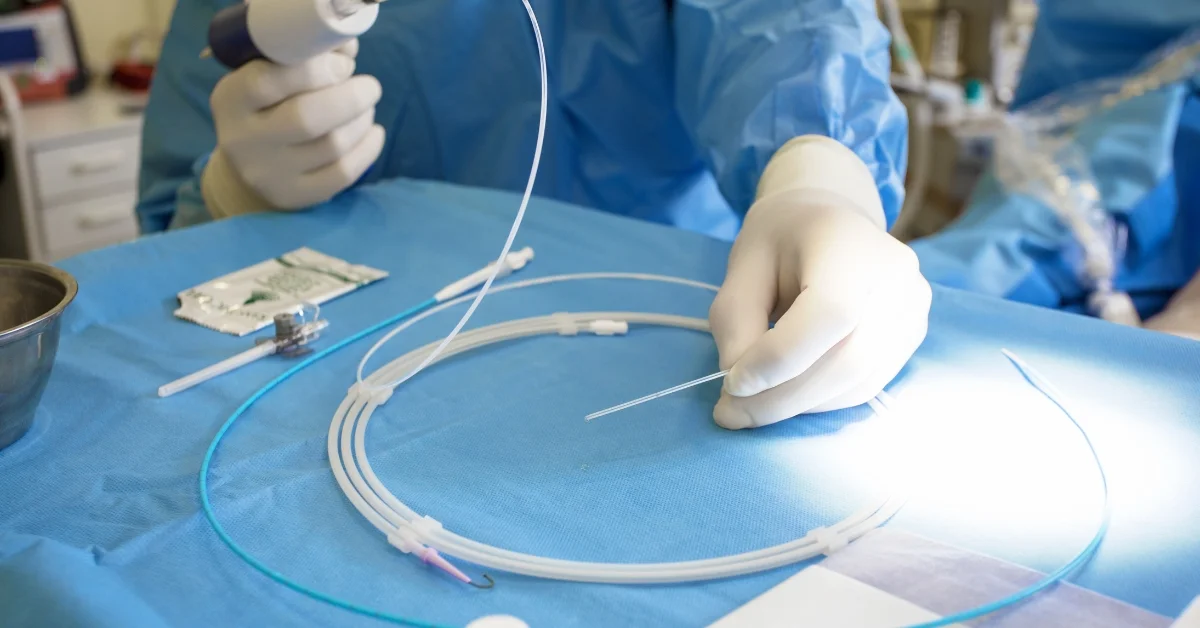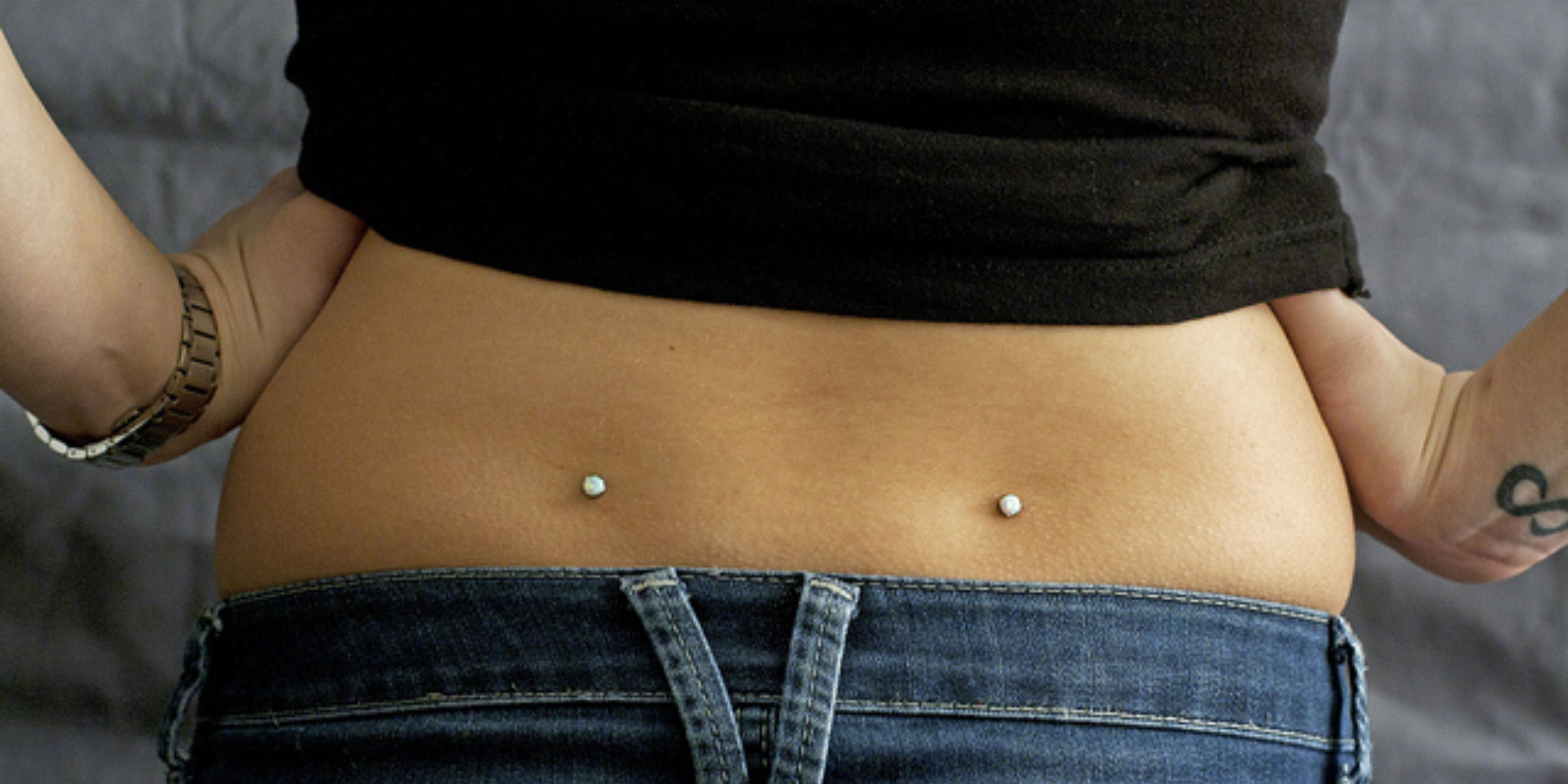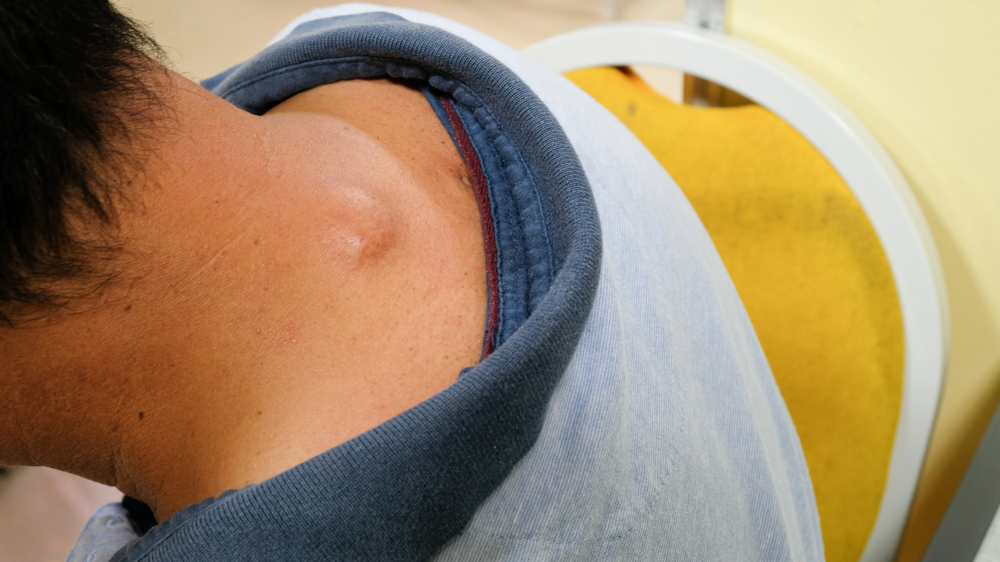- Wound healing follows a very distinct pattern of four phases.
- Proper hygiene, a healthy diet, and the right amount of exercise are all critical components of your recovery.
- Following your plastic surgeon’s instructions will help expedite wound healing and avoid complications.
Speedy recovery after plastic surgery depends strongly on your lifestyle habits, choice of plastic surgeon, and actions pre-and post-surgery.
Though the healing process will vary depending on the procedure — tummy tucks and rhinoplasty are quite different after all — here’s what you need to know to help ensure the best results after your cosmetic procedure.
The Four Phases of Wound Healing
One of the most miraculous aspects of the human body is its capacity to heal.
Our immune system is designed to launch an intricate cellular reaction to restore tissue integrity as quickly as possible. This built-in ability to repair a wound resulting from injury or surgery occurs in four distinct phases.
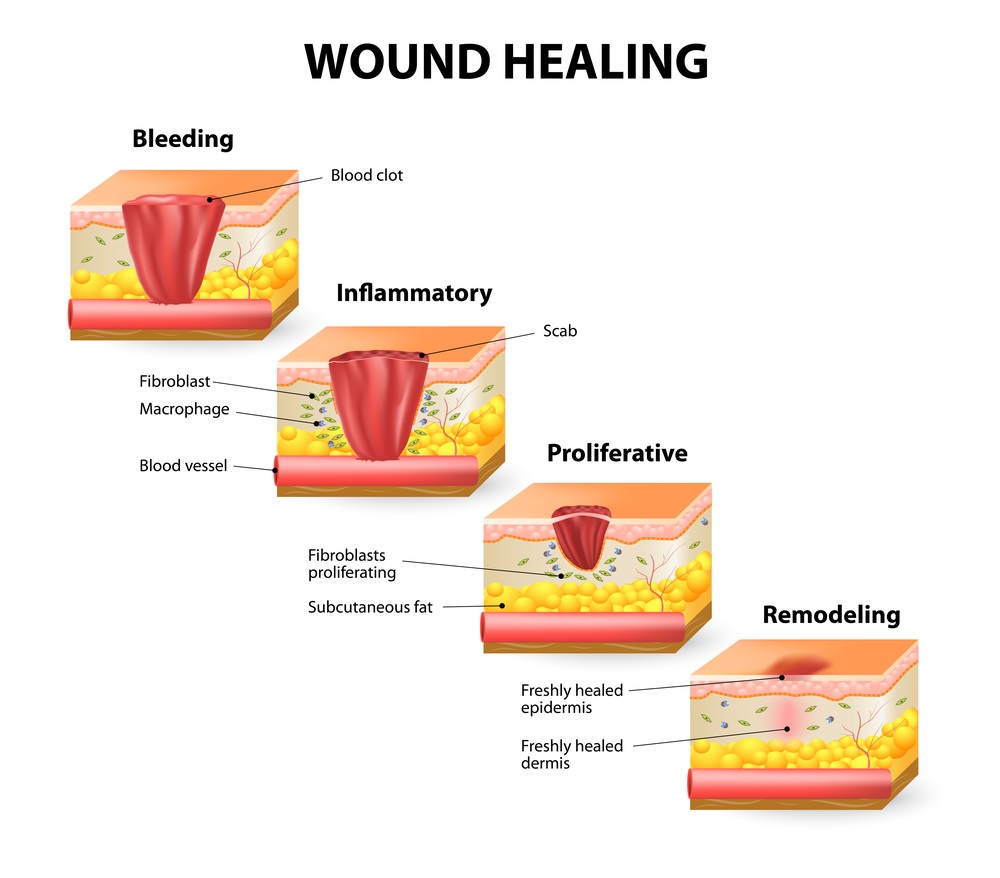
1. Hemostasis
Surgical incisions cause injury to the tissues and blood vessels. When this occurs, the vessels have the ability to constrict themselves and within a few minutes, blood flow is reduced. This is known as hemostasis, which simply means ‘the stopping of blood flow.’
2. Inflammation
After hemostasis, a series of cellular reactions occur and the body is signaled to introduce inflammatory cells to the injured area. Just like when you experience a small cut or wound, the surrounding area becomes warm, red or swollen. This inflammation initiates blood clotting and the first steps of healing.
While inflammation may seem like a negative outcome, it’s actually beneficial — its role is to prevent infection.
Special immune cells in the body quickly infiltrate the wound (within an hour) and continue migrating to the area over the first 48 hours, fighting against any pathogens that try to enter the wound. These immune cells are incredibly powerful. They can consume pathogens or destroy them with their own toxic substances, and also help sterilize the wound.
For 48–72 hours, an entire range of immune cells move into your wound where they begin their work to rebuild a new network of tissue and remodel collagen.
This inflammatory stage will last as long as the body requires assistance to heal — about two weeks.
“The less bruising there is in the area of surgery, the less inflammation is seen, and the patient should have much less discomfort and thereby should heal easier as well,” says New York plastic surgeon Dr. Leonard Grossman.
If you do experience prolonged inflammation, consult your surgeon immediately, as this could indicate infection or other problems.
3. Proliferation
After about 3–10 days, when the signs of any serious disease-causing bacteria or viruses are gone, the inflammatory response declines and the body reaches a stage called proliferation.
This stage is where most of the tissue repair occurs. Through an intricate process of cellular action, your body first begins repairing damaged blood vessels. Next, cells start to lay down new structural proteins and remodel tissue by producing collagen and other fibers that form the structures of your tissue.
4. Tissue remodeling and maturation
After about seven days, wounds begin to contract. The cells pull together more tightly to reduce the area needed to heal and allow the formation of scar tissue.
This phase is very important to the visual appearance of scars. Any disruption during this stage could lead to a contracture (a scar that is not cosmetically appealing).
As the wound heals, scars will first appear pink, and over time they will change color and fade. The tissue remodeling stage can take up to two years to complete, though after a few weeks your tissue will recover enough that you can go about your usual activities.
How to Avoid Complications and Speed Up Recovery
It is critically important to do your research thoroughly and know what to expect in terms of side effects and recovery — surgery is not a decision to take lightly or rush into.
A competent surgeon will provide you with clear instructions to help expedite recovery. These instructions are likely to include the following points.
- Avoid infection
Infection is always a possibility with any wound, including a surgical incision. However, if you follow the advice of your plastic surgeon and post-care instructions, your chances of infection will be minimal.
“As a rule, I pretreat all of my patients with an antibiotic that covers internal organs,” explains Dr. Grossman. “This has worked extremely well for me over the last 23 years with only two infections. I also have patients wash the surgical site and the surrounding area with chlorhexidine for three days prior to surgery as a preventative measure, even if the body is not covered in pathogenic bacteria. Also, I don’t use drain tubes, as I believe they are a portal for infection.”
- Stop smoking
One of the major reasons surgeons recommend you stop smoking before and after surgery is the possibility of hypoxia.
Hypoxia is lack of oxygen, which can prolong wound healing and lead to complications. Smoking can also affect immune function and disrupt the proper deposit of collagen from occurring.
To ensure smoking cessation is effective, you need to quit at least a month before surgery.
Dr. Grossman advises that “if a patient cannot quit smoking for at least a month prior to surgery, I will have them continue smoking because I find that a chemical withdrawal affects the body’s healing ability greater than the nicotine itself.”
- Improve your diet
Do not underestimate the power of healthy eating pre- and postsurgery. Good nutrition is critical to successful wound healing and can actually speed up your recovery.
On the opposite spectrum, nutritional deficiencies can lead to delayed wound healing, prolong the inflammatory stage, decrease cell proliferation, and alter tissue remodeling. Malnutrition also increases the risk of infection.
- Choose carbohydrates carefully
Carbohydrates are the major fuel source required for collagen production, but you need to choose your carbs wisely.
“I have my patients go on a preoperative diet that is restricted in terms of empty carbohydrates such as potatoes, rice and bread, and most definitely sweets,” says Dr. Grossman.
Focus on eating low glycemic index carbohydrates such as oats or quinoa, along with plenty of fresh vegetables. Dietary fibers and fresh vegetables are a source of carbohydrates that promote faster healing.
- Consume ample amounts of protein
During the healing process your metabolic rates are heightened. This increases the body’s demand for energy. If you’re not consuming adequate amounts of protein, protein breakdown from muscles can occur.
This is the body’s way of sourcing the amino acids it needs to perform critical functions such as collagen production and the formation of connective tissue. Protein helps repair your healing wound and reduces the likelihood of infection.
- Load up on vitamins and minerals
Consuming a healthy diet will provide adequate vitamins and minerals; however you may also consider taking a multivitamin during recovery. Vitamin A and vitamin C are especially important, as these two nutrients play a greater role in the phases of healing.
During the inflammatory stage, vitamin A stimulates the immune system and generates growth in the epidermal barrier—the outermost layer of skin. Vitamin C helps produce collagen—the main structural component of skin.
- Consume adequate amounts of water
Your body needs water to ensure enough fluid and oxygen flow to your wound and promote tissue healing. Both pre-and post-surgery, consuming at least eight glasses of water every day is recommended.
- Don’t over-exercise
“Depending on the type of procedure performed, I allow patients to exercise at different points of their recovery,” says Dr. Grossman. “After liposuction, three days; after breast augmentation or a facelift, five days; and after an abdominoplasty, seven days.”
“Exercise is very advantageous — there is a positive component to the patient’s well-being, and most importantly, it improves the circulation during the healing process,” says Dr. Grossman. “However, it is important not to overdo activity because it can lead to postoperative bleeding.”
The Bottom Line: Follow Your Surgeon’s Advice
Dr. Grossman concludes with the following words: “Patients slip up when they do not follow their surgeon’s instructions or stop taking the antibiotics that were given preoperatively. Even though antibiotics may not be necessary for everyone, this is an elective procedure, so why take a chance, since a serious infection can be devastating?”
In short, always follow your surgeon’s pre and post-surgical advice. It’s critical to a speedy recovery that will bring about the best results for you.





